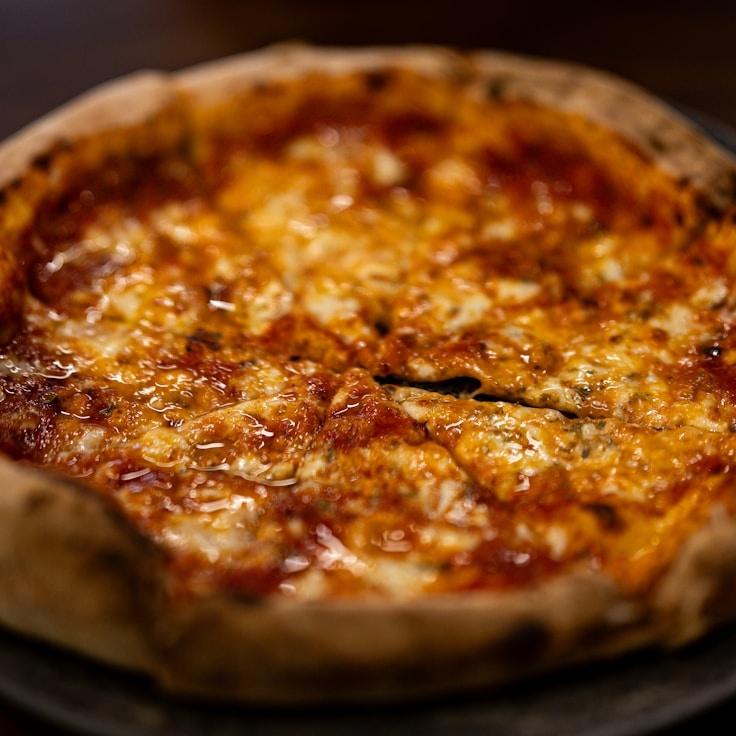Here at HillStream, our philosophy is that extraordinary pizza begins with extraordinary dough. With over 30 years to refine our recipe, we're thrilled to divulge some of our tips with aficionados. While our exact blend remains a closely-guarded treasure, these foundational pieces of advice can elevate your homemade pizza dough to pizzeria level.
The Importance of Flour
The secret to an impressive pizza dough lies in the choice of flour. Our preference is 00 flour, known for its fine texture and moderate protein, typically around 12%, providing an ideal mix of elasticity and softness. If 00 flour is out of reach, a viable replacement is bread flour, though you may notice a distinction in the final product's texture.
Managing Water Temperature and Hydration
Water's temperature is critical for impacting dough fermentation and structure. Opt for frigid water near 45°F (7°C) for a prolonged fermentation that enhances taste, or warm water around 85°F (29°C) for a swifter rise. The hydration ratio—water to flour—should sit between 60-70% to suit customary home ovens.
Less Yeast, More Time
To achieve a dough rich in flavor, a minute amount of yeast and ample fermentation time is key. Our technique uses merely 0.2% fresh yeast in proportion to the flour for an extended fermentation period of 24-48 hours. This allows for the emergence of intricate tastes and yields an easier to digest dough.
Salt's Dual Role
Salt serves a dual purpose; besides seasoning, it reinforces the gluten matrix and modulates fermentation. A proportion of 2.5-3% fine sea salt based on your flour weight is our recommendation. Introduce it as your flour and water begin to merge, ensuring it doesn't directly interact with the yeast.
The Art of Fermentation
Post-mixing, give your dough a bulk ferment at ambient temperature for a couple of hours, then section it into balls. Encase these in lidded vessels and let them rest in the refrigerator for one to three days. During this cold fermentation stage, enzymes work to convert starches into sugars, contributing to both the crust's flavor and appealing golden-brown coloration.
Gentle Dough Handling
Prior to pie crafting, grant your dough a tempering period of one to two hours from the chill. Treat the dough delicately to retain the air bubbles. Instead of rolling, cautiously press and stretch with your fingers to maintain those vital air pockets.
Heat: The Finishing Touch
Though our high-temperature wood-burning ovens can reach 850°F (454°C), conventional home ovens generally peak at about 550°F (288°C). Counterbalance this by heating a pizza stone or steel for a minimum of an hour before baking, ensuring that intense, searing heat from below that's crucial for a crunchy crust and buoyant interior.
Honing your pizza dough crafting is an ongoing quest, every trial teaching you a new facet of the craft. Keep notes, modify elements, and find the method that best suits your home's cooking conditions.
For a behind-the-scenes look at our dough preparation, partake in our monthly pizza classes hosted by Chef Julian, where he elaborates on these methods. See our event schedule for imminent sessions!

